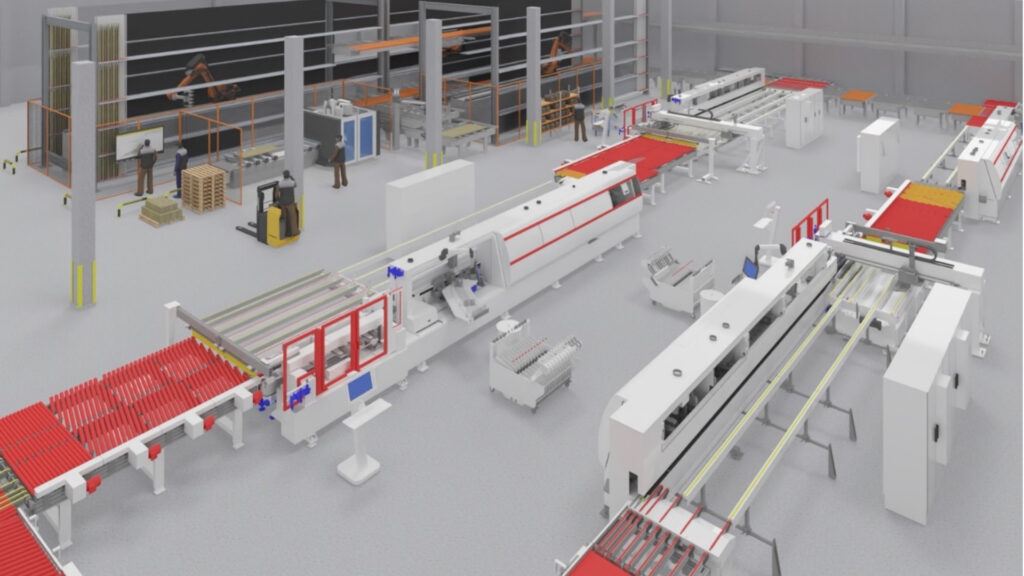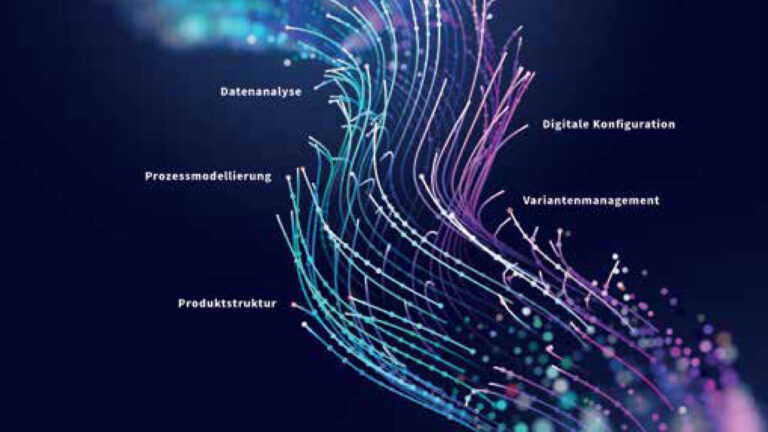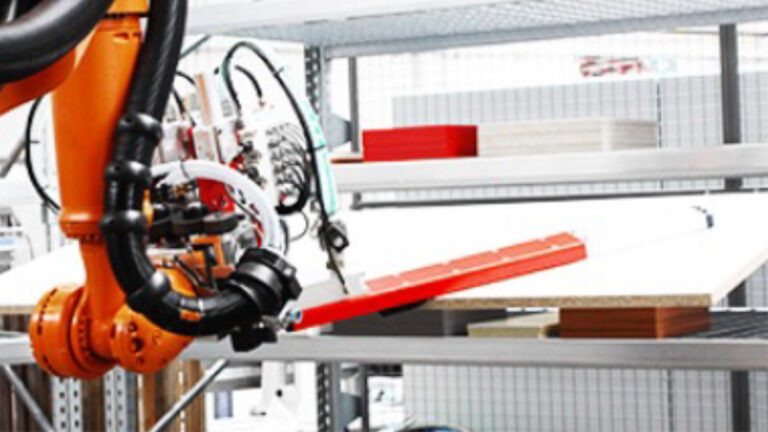At L’engineers, we naturally apply the same standards we set for our customers to optimize their processes and workflows to ourselves. A major challenge within a planning process is the timely provision of up-to-date planning data and the allocation of tasks and their follow-up between project participants. L’engineers meets this requirement by setting up a digital project infrastructure based on cloud-based solutions. The data room, which is accessible to all project participants and administered with read and write permissions, enables fast and clear information transfer. This digital project infrastructure also offers version management implementation. This enables changes to be tracked and avoids error-prone redundant data storage. Project management in the individual planning phases can also be promoted transparently and sustainably. For example, tasks within a project structure can be assigned across organizations and their processing status can be recorded.
However, infrastructure is only one aspect of the opportunities created by the digitization of planning. However, infrastructure is only one aspect of the opportunities created by the digitization of planning. Experience shows that this promotes a global understanding of the system even in the early planning stages. This reduces the scope for interpretation on the one hand. On the other hand, problems are identified and solutions become apparent. In addition to pure visualization, these models can be used as a basis for lean development. For example, Virtual Cardboard Engineering, the detailed planning of workstations using virtual reality technology.
To evaluate and validate concept variants, L’engineers transfers the objects of a planning stage into a virtual behavior model. By simulating with real production data, different solution approaches can be evaluated. Targeted experimentation with the models reveals weaknesses in the project planning. In addition to focusing on material flow and its performance, extensive analysis functions are available for evaluation. For example, the question of the actual energy consumption of an investment project is becoming increasingly important. At the same time, measures to save energy can be investigated at an early stage. To do this, we use one of the most powerful tools in this field.
The sensible use of digital tools is a necessity. They simplify processes, support human imagination, and focus creativity on the essential problem: efficiently and effectively solving your requirements!




